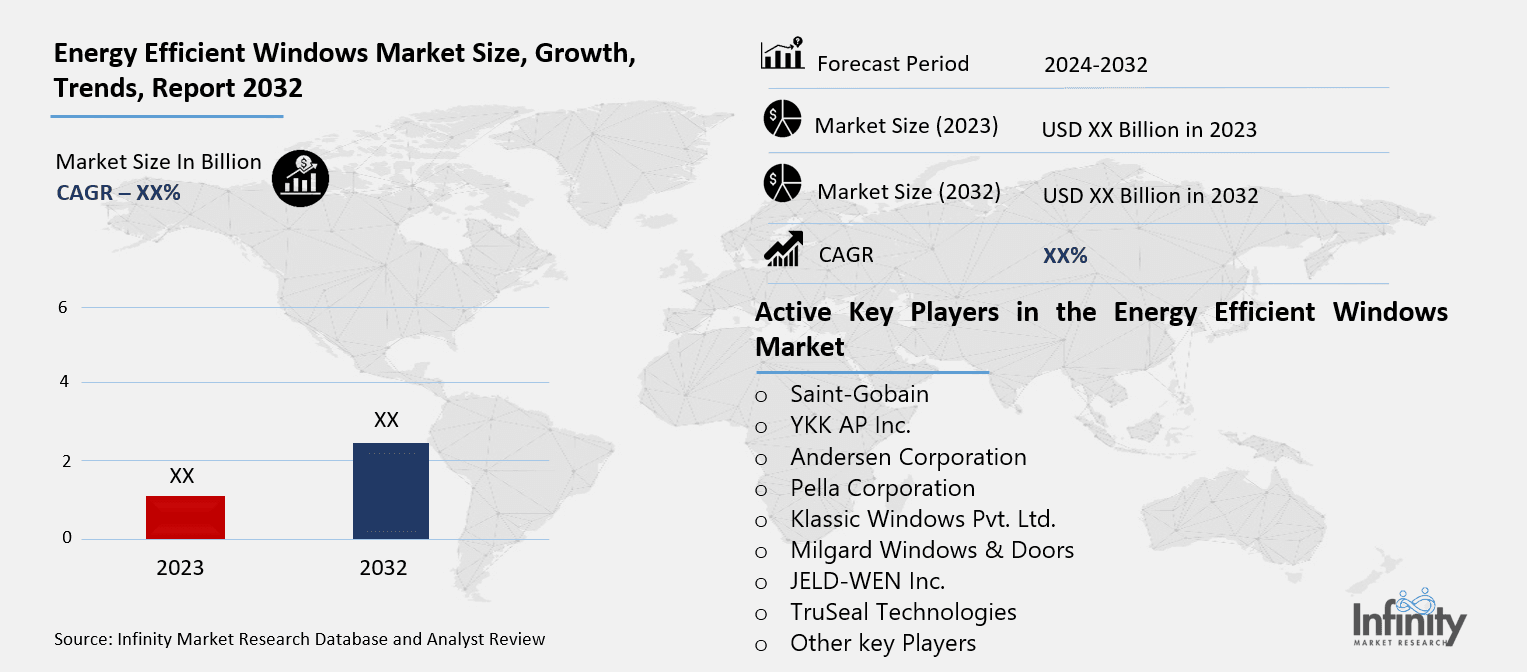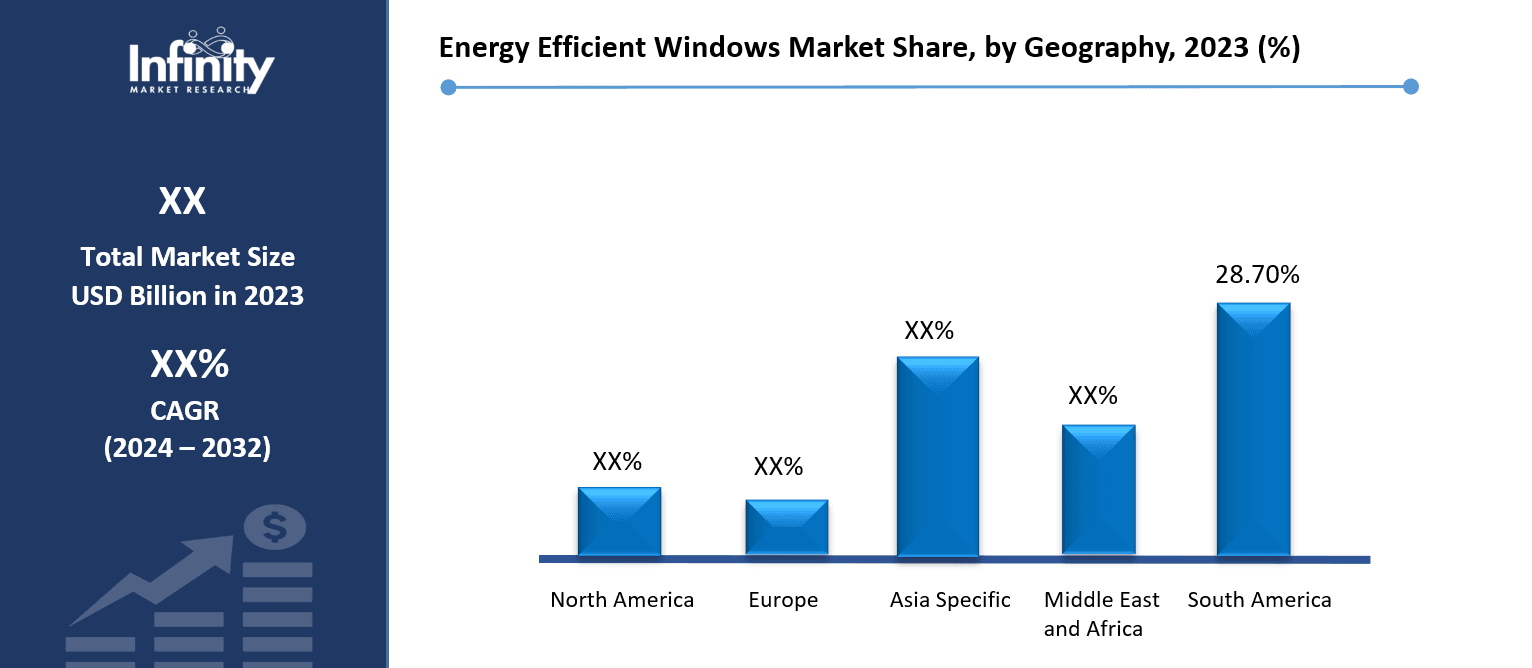
🔐 Secure Payment Guaranteed
Safe checkout with trusted global payment methods.
🌟 Why Choose Infinity Market Research?
At Infinity Market Research, we dont just deliver data — we deliver clarity, confidence, and competitive edge.
In a world driven by insights, we help businesses unlock the infinite potential of informed decisions.
Here why global brands, startups, and decision-makers choose us:
Industry-Centric Expertise
With deep domain knowledge across sectors — from healthcare and technology to manufacturing and consumer goods — our team delivers insights that matter.
Custom Research, Not Cookie-Cutter Reports
Every business is unique, and so are its challenges. Thats why we tailor our research to your specific goals, offering solutions that are actionable, relevant, and reliable.
Data You Can Trust
Our research methodology is rigorous, transparent, and validated at every step. We believe in delivering not just numbers, but numbers that drive real impact.
Client-Centric Approach
Your success is our priority. From first contact to final delivery, our team is responsive, collaborative, and committed to your goals — because you re more than a client; you re a partner.
Recent Reports
Global Myopia Control Lenses Market Report 2025-33
Hyaluronic Acid-based Dermal Fillers Market Report
Energy Efficient Windows Market
Energy Efficient Windows Market Global Industry Analysis and Forecast (2024-2032) By Product Type (Double-glazed Windows, Triple-glazed Windows, Low-emissivity (Low-E) Windows, Gas-filled Windows) By Material (Wooden Frames, Aluminum Frames, Vinyl Frames, Fiberglass Frames) By Application (Residential, Commercial, Industrial. By End-Use (New Construction, Retrofit/Replacement) and Region
Feb 2025
Building and Construction
Pages: 138
ID: IMR1800
Energy Efficient Windows Market Synopsis
Energy Efficient Windows Market acquired the significant revenue of XX Billion in 2023 and expected to be worth around USD XX Billion by 2032 with the CAGR of XX% during the forecast period of 2024 to 2032.
The market for energy-efficient windows is the industry engaged in the manufacture, transportation, and installation of windows improving insulation and so lowering heat loss or gain, thereby helping to lower energy consumption in buildings. Low-emissivity (Low-E) coatings, insulated glass, and double or triple glazing—advanced technologies—are included into these windows to maximize thermal efficiency, reduce energy costs, and support sustainable building practices. Demand for energy-efficient windows in home, business, and industrial uses has been driven by rising focus on energy conservation, environmental effect, and government rules meant to lower carbon footprints. Consumers and companies looking for ways to cut energy costs and increase indoor comfort are driving ongoing industry expansion.
Growing focus on sustainability, energy efficiency, and low carbon footprints has been driving major expansion in the worldwide Energy Efficient Windows industry. Improving building insulation, increasing indoor comfort, and lowering the necessity for too much heating or cooling depend critically on energy-efficient windows. Residential and business sectors are emphasizing including energy-efficient solutions into their structures as knowledge of climate change increases. Further driving demand for these windows are government subsidies encouraging energy-saving technologies and green building criteria. Using cutting-edge materials and designs that increase window energy efficiency, market participants are innovating to appeal more to environmentally concerned consumers.

Energy-efficient windows are evolving thanks in great part to technological developments in glazing, window frames, and coatings. Because they improve energy savings even further, smart windows—which alter with light and temperature—are becoming more popular. By keeping constant temperatures, these inventions not only lower energy use but also increase comfort. To improve insulation qualities, manufacturers are also looking at Low-E glass treatments and triple-glazed windows. Furthermore, the integration of solar control films and gas-filled gaps inside windows guarantees improved heat control and sunshine management, so modern buildings—especially in areas with strong climates—are absolutely dependent on energy-efficient windows.
Supported by strict energy efficiency rules, government incentives, and increasing focus on sustainability, regionally the North American and European markets are seeing great demand for energy-efficient windows. Adoption of the ENERGY STAR program and other green building certifications in the United States has helped to widely employ energy-efficient windows in both new and retrofit buildings. Comparably, in Europe, the initiatives of the European Union to support energy-efficient infrastructure have helped to generate a demand explosion. Driven by the fast-paced urbanization of the area and increasing energy consumption, the Asia-Pacific market is also fast growing. Energy-efficient building techniques are being adopted by nations like China and India more and more, which helps the market to flourish.
The market suffers difficulties with high upfront costs and the complexity of converting existing buildings even with the bright future potential. Although energy-efficient windows save money over time, some customers and companies could be discouraged from switching at first by their initial outlay. Furthermore, knowledge of the advantages of energy-efficient windows is constantly developing and more instruction on their cost-saving over-time is still needed. These windows are probably going to become more affordable and accessible as energy-efficient building standards become more widespread and technological developments lower costs, therefore guaranteeing continuous expansion in the market.
Energy Efficient Windows Market Trend Analysis
Trend
Growing Adoption of Energy-Efficient Windows
Energy-efficient windows are becoming rather popular in homes, businesses, and factories thanks in great part to strict energy efficiency rules. Reducing heat loss, improving insulation, and lowering overall carbon footprints depend on these windows in great part. Energy-efficient windows have been increasingly important in green building certifications and environmentally friendly home designs as governments and businesses all around advocate better building methods. Rising utility bills and increasing customer knowledge of the long-term financial and environmental advantages of energy efficiency drive demand for these windows. Significant progress in window energy performance has come from the combination of creative technologies such insulated window frames, argon and krypton fills for enhanced insulation, and Low-E glass coatings—which reflect heat while admitting natural light—gas fills.
Furthermore improving the capacity of energy-efficient windows to fit external environmental circumstances are smart technologies. Further increasing energy savings and comfort is electrochromic glass, which alters its opacity depending on temperature or sunlight, therefore enabling better control over light and heat. Not only in homes and businesses but also in the automotive industry where energy-efficient windows are lowering vehicle energy use. The market is becoming more appealing as multi-functional solutions—such as windows with UV protection and both insulation and soundproofing—as well as UV protection continue to be developed. Moreover, government incentives and financial support for energy-efficient renovations keep driving the expansion of this market, which attracts builders as well as consumers.
Opportunity
Rising Demand for Green Building Certifications and Energy-Efficient Home
Major driver of expansion in the energy-efficient windows market is the growing need for green building certifications and energy-efficient homes. Sustainable building methods are being pushed strongly as governments all around enforce more stringent rules on environmental impact and energy consumption. This effort depends much on energy-efficient windows since they improve thermal insulation so lowering heating and cooling expenses. Incorporating these windows helps residential, commercial, and industrial buildings alike meet rising energy efficiency criteria and provides benefits. Builders, architects, and property developers are thus looking more and more for energy-efficient windows to satisfy customer expectations for sustainable living as well as legal criteria.
Furthermore motivating consumers and companies both to use more sustainable solutions are growing awareness of environmental problems and the need to lower carbon footprints. With sustainability more important in building design and restoration, this eco-conscious change is changing the building sector. Energy-efficient windows fit this trend since they provide a sensible way to save energy use while supporting environmental responsibility. This presents increasing chances for market expansion, especially in areas where green building projects are under active encouragement. Growing eco-consciousness among customers and the increasing attention on sustainable building techniques generate a high market demand for energy-efficient windows, therefore boosting their adoption in many different sectors.
Energy Efficient Windows Market Segment Analysis
Energy Efficient Windows Market Segmented on the basis of into By Product Type, By Material, By Application, By End-Use.
By Product Type
o Double-glazed Windows
o Triple-glazed Windows
o Low-emissivity (Low-E) Windows
o Gas-filled Windows
By Material
o Wooden Frames
o Aluminum Frames
o Vinyl Frames
o Fiberglass Frames
By Application
o Residential
o Commercial
o Industrial
By End Use
o New Construction
o Retrofit/Replacement
By Region
o North America (U.S., Canada, Mexico)
o Eastern Europe (Bulgaria, The Czech Republic, Hungary, Poland, Romania, Rest of Eastern Europe)
o Western Europe (Germany, UK, France, Netherlands, Italy, Russia, Spain, Rest of Western Europe)
o Asia Pacific (China, India, Japan, South Korea, Malaysia, Thailand, Vietnam, The Philippines, Australia, New-Zealand, Rest of APAC)
o Middle East & Africa (Turkey, Bahrain, Kuwait, Saudi Arabia, Qatar, UAE, Israel, South Africa)
o South America (Brazil, Argentina, Rest of SA)
By Product Type, Double-glazed Windows segment is expected to dominate the market during the forecast period
Double-glazed windows are among the most widely adopted energy-efficient window solutions due to their ability to provide superior insulation compared to single-pane alternatives. These windows consist of two glass panes separated by a space filled with air or inert gases like argon or krypton, which significantly reduces heat transfer. By creating a thermal barrier, double-glazed windows help maintain indoor temperatures, minimizing the need for excessive heating in winter and cooling in summer. This not only enhances energy efficiency but also contributes to lower utility bills, making them a cost-effective solution for homeowners and businesses alike.
In addition to their thermal benefits, double-glazed windows offer improved sound insulation, reducing external noise pollution, which is particularly beneficial for urban environments. Their durability and ability to prevent condensation buildup further enhance their appeal, ensuring long-term performance with minimal maintenance. The growing emphasis on sustainable construction and energy-efficient building standards has fueled their adoption across residential and commercial properties. With advancements in glass coatings and frame materials, modern double-glazed windows continue to evolve, providing better insulation, security, and aesthetic appeal, making them a preferred choice in contemporary architecture.
By End-Use, New Construction segment expected to held the largest share
The new construction segment plays a crucial role in driving the energy-efficient window market, as architects and builders increasingly prioritize sustainability in their designs. Modern residential, commercial, and industrial projects are integrating high-performance windows to enhance insulation, reduce energy consumption, and meet evolving regulatory requirements. Stringent building codes and green certification programs, such as LEED (Leadership in Energy and Environmental Design) and BREEAM (Building Research Establishment Environmental Assessment Method), encourage the use of advanced glazing technologies like triple glazing, Low-E coatings, and gas-filled windows. These solutions not only improve thermal efficiency but also contribute to reducing carbon footprints, making them an essential component of eco-friendly construction.
Incorporating energy-efficient windows in new construction ensures long-term cost savings by reducing heating and cooling expenses while enhancing occupant comfort. Developers and homeowners benefit from improved indoor air quality, noise reduction, and increased property value, making these windows a worthwhile investment. Moreover, governments worldwide are offering incentives and tax rebates to encourage sustainable building practices, further driving the demand for high-performance window solutions. As construction trends continue shifting toward net-zero energy buildings, the adoption of innovative window technologies will remain a key factor in achieving enhanced energy efficiency and environmental sustainability.
Energy Efficient Windows Market Regional Insights
North America is Expected to Dominate the Market Over the Forecast period
The United States and Canada drive much of the energy-efficient windows industry in North America since government policies and regulatory systems are so important in promoting development. Both nations have instituted strict building rules meant to increase household and business sector energy performance. Through programs including tax incentives and rebates for homes and businesses investing in energy-saving technologies including windows, the United States has been very active in advocating energy-efficient solutions. These incentives lower the cost and accessibility of energy-efficient windows, therefore encouraging market demand. Furthermore driving the market for energy-efficient windows in the area is the broad acceptance of green construction criteria and certifications as LEED (Leadership in Energy and Environmental Design).
Growing customer knowledge of the long-term advantages of energy-efficient windows also helps to assist North American market development. Rising energy costs and worries about climate change are motivating both home and business sectors to give sustainability and energy savings top priority in their building techniques. Reducing energy consumption via modern window technologies—including improved insulation and lower heating and cooling costs—is yielding financial benefits for homes and businesses. With the ongoing emphasis on energy conservation, environmental responsibility, and affordable building techniques driving demand for these goods, the energy-efficient windows market in North America is likely to see consistent expansion.
Energy Efficient Windows Market Share, by Geography, 2023 (%)

Active Key Players in the Energy Efficient Windows Market
o Saint-Gobain
o YKK AP Inc.
o Andersen Corporation
o Pella Corporation
o Klassic Windows Pvt. Ltd.
o Milgard Windows & Doors
o JELD-WEN Inc.
o TruSeal Technologies (now part of Parker Hannifin)
o Other key Players
Global Energy Efficient Windows Market Scope
|
Global Energy Efficient Windows Market | |||
|
Base Year: |
2023 |
Forecast Period: |
2024-2032 |
|
Historical Data: |
2017 to 2023 |
Market Size in 2023: |
USD XX Billion |
|
Forecast Period 2024-32 CAGR: |
XX% |
Market Size in 2032: |
USD XX Billion |
|
|
By Product Type |
· Double-glazed Windows · Triple-glazed Windows · Low-emissivity (Low-E) Windows · Gas-filled Windows | |
|
By Material |
· Wooden Frames · Aluminum Frames · Vinyl Frames · Fiberglass Frames | ||
|
By Application |
· Residential · Commercial · Industrial | ||
|
By End-Use |
· New Construction · Retrofit/Replacement | ||
|
By Region |
· North America (U.S., Canada, Mexico) · Eastern Europe (Bulgaria, The Czech Republic, Hungary, Poland, Romania, Rest of Eastern Europe) · Western Europe (Germany, UK, France, Netherlands, Italy, Russia, Spain, Rest of Western Europe) · Asia Pacific (China, India, Japan, South Korea, Malaysia, Thailand, Vietnam, The Philippines, Australia, New-Zealand, Rest of APAC) · Middle East & Africa (Turkey, Bahrain, Kuwait, Saudi Arabia, Qatar, UAE, Israel, South Africa) · South America (Brazil, Argentina, Rest of SA) | ||
|
Key Market Drivers: |
· Government and Corporate Focus on Energy Efficiency | ||
|
Key Market Restraints: |
· High Initial Cost of Installation | ||
|
Key Opportunities: |
· Rising Demand for Green Building Certifications and Energy-Efficient Home | ||
|
Companies Covered in the report: |
· Saint-Gobain, YKK AP Inc., Andersen Corporation, Pella Corporation, Klassic Windows Pvt. Ltd., Milgard Windows & Doors, JELD-WEN Inc., TruSeal Technologies (now part of Parker Hannifin) and Other Major Players. | ||
📘 Frequently Asked Questions
1. What would be the forecast period in the Energy Efficient Windows Market research report?
Answer: The forecast period in the Market research report is 2024-2032.
2. Who are the key players in the Energy Efficient Windows Market?
Answer: Saint-Gobain, YKK AP Inc., Andersen Corporation, Pella Corporation, Klassic Windows Pvt. Ltd., Milgard Windows & Doors, JELD-WEN Inc., TruSeal Technologies (now part of Parker Hannifin) and Other Major Players.
3. What are the segments of the Energy Efficient Windows Market?
Answer: The Energy Efficient Windows Market is segmented into By Product Type, By Material, By Application, By End-Use and region. By Product Type, the market is categorized into Double-glazed Windows, Triple-glazed Windows, Low-emissivity (Low-E) Windows, Gas-filled Windows. By Material, the market is categorized into Wooden Frames, Aluminum Frames, Vinyl Frames, Fiberglass Frames. By Application, the market is categorized into Residential, Commercial, Industrial. By End-Use, the market is categorized into New Construction, Retrofit/Replacement. By region, it is analyzed across North America (U.S.; Canada; Mexico), Eastern Europe (Bulgaria; The Czech Republic; Hungary; Poland; Romania; Rest of Eastern Europe), Western Europe (Germany; UK; France; Netherlands; Italy; Russia; Spain; Rest of Western Europe), Asia-Pacific (China; India; Japan; Southeast Asia, etc.), South America (Brazil; Argentina, etc.), Middle East & Africa (Saudi Arabia; South Africa, etc.).
4. What is the Energy Efficient Windows Market?
Answer: The market for energy-efficient windows is the industry engaged in the manufacture, transportation, and installation of windows improving insulation and so lowering heat loss or gain, thereby helping to lower energy consumption in buildings. Low-emissivity (Low-E) coatings, insulated glass, and double or triple glazing—advanced technologies—are included into these windows to maximize thermal efficiency, reduce energy costs, and support sustainable building practices. Demand for energy-efficient windows in home, business, and industrial uses has been driven by rising focus on energy conservation, environmental effect, and government rules meant to lower carbon footprints. Consumers and companies looking for ways to cut energy costs and increase indoor comfort are driving ongoing industry expansion.


🔐 Secure Payment Guaranteed
Safe checkout with trusted global payment methods.
🌟 Why Choose Infinity Market Research?
- Accurate & Verified Data:Our insights are trusted by global brands and Fortune 500 companies.
- Complete Transparency:No hidden fees, locked content, or misleading claims — ever.
- 24/7 Analyst Support:Our expert team is always available to help you make smarter decisions.
- Instant Savings:Enjoy a flat $1000 OFF on every report.
- Fast & Reliable Delivery:Get your report delivered within 5 working days, guaranteed.
- Tailored Insights:Customized research that fits your industry and specific goals.




